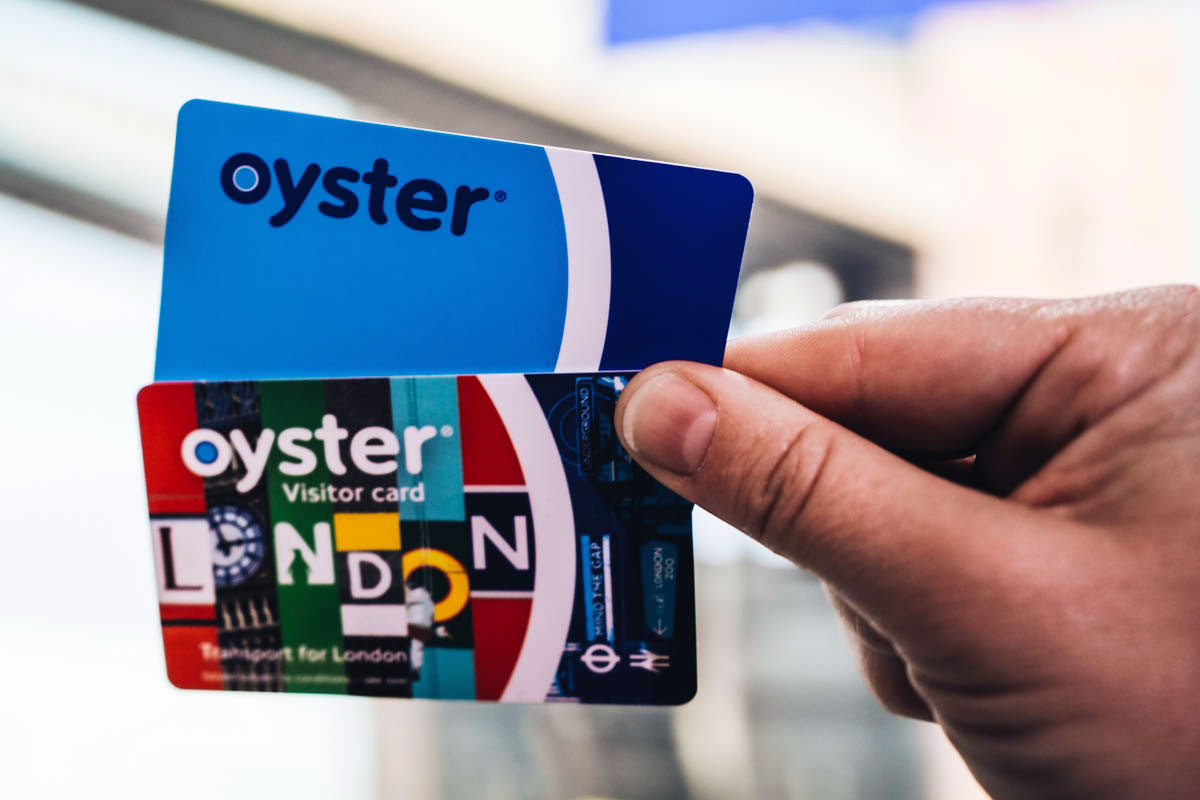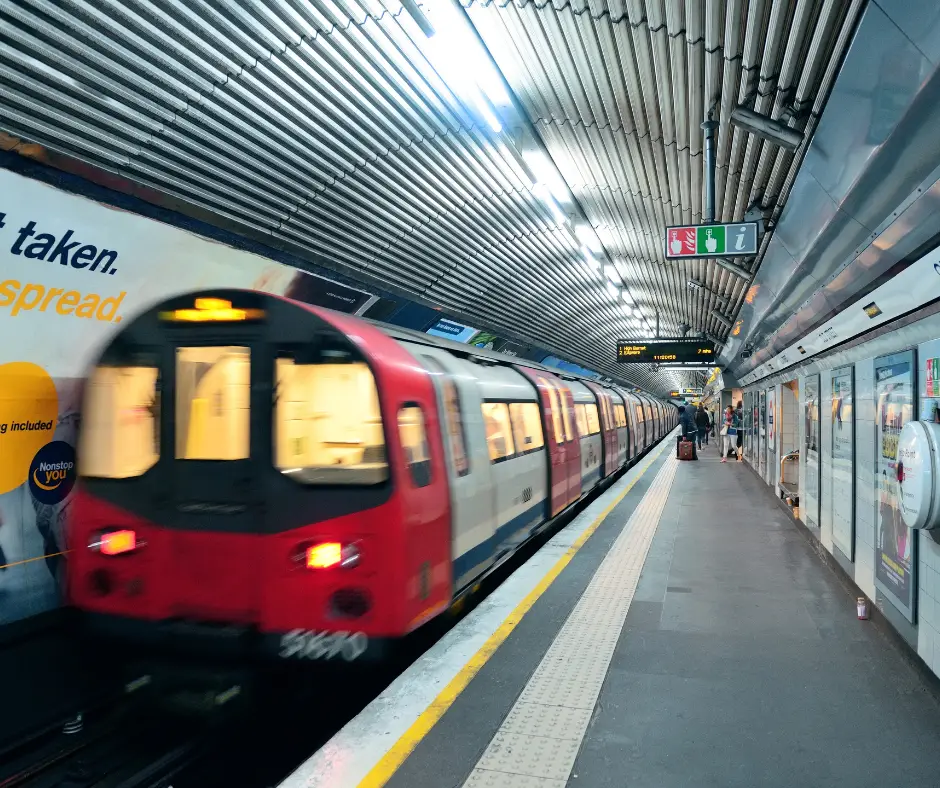How to Use the London Underground
Unlock the secrets of London’s Underground with ease! Our expert guide for first-timers reveals essential tips for navigating the Tube. From planning routes to mastering Oyster cards, embark on a seamless journey beneath the city. Make the most of your London Underground experience with insider insights and travel like a pro.
The London Underground, also popularly called the Tube, is a rapid transit system that extends across London. The transport system has a handling of 11 lines and over 270 stations that caters for a massive 402km of track. As a first-time traveler, there can be the feeling of anxiety in navigating the Tube, but don’t be anxious in any way! This ultimate beginner guide will prepare you ahead of all the essential information you need to confidently explore the London Underground on your first trip to this vibrant city.
Key takeaway: By the end of this guide, you will be able to navigate the Tube-like a pro, ensuring a seamless and pleasant journey throughout your stay in London.
First-Time Traveler Tips for Using the London Underground
When it comes to using the London Underground for the first time, there are a few key factors to consider:
Planning Your Journey: Before embarking on your adventure, it’s decisive to plan your route in advance. You can use the Transport for London (TfL) website or download apps like Citymapper for real-time updates and interactive navigation. These tools will help you choose the best route based on factors such as avoiding jam-packed transfers or taking attractive paths for sightseeing purposes.
Understanding Tube Etiquette: To ensure an entertaining experience for everyone, it’s important to familiarize yourself with Tube etiquette. Respecting personal space and avoiding excessive noise are essential when traveling on board. Additionally, knowing how to navigate escalators safely by standing on the right and walking on the left (where permitted) will help maintain an even flow of traffic.
Decoding the Tube Map: The Tube map may appear complex at first glance, but fear not! By understanding how to enter stations and follow signs to the correct line/platform, you’ll be well on your way. It’s also helpful to familiarize yourself with the different colors and symbols on the map, which represent different lines and interchanges.
Now that you have an overview of what this guide entails let us explore into each section in more detail to ensure you have the knowledge and confidence to travel the London Underground with ease.
Planning Your Journey
When it comes to navigating the London Underground, proper planning is key to a smooth and efficient journey. Here are some essential tips to help you plan your trip:
Use the Transport for London website or Citymapper app

These tools are invaluable for planning your route on the Tube. They provide real-time information on train schedules, delays, and alternative routes. Simply enter your origin and destination, and they will provide you with the best options.
Considerations for choosing the best route
While the quickest route may seem like the obvious choice, it’s worth considering other factors as well. For example, if you want to avoid crowded transfers or if you prefer a scenic route for sightseeing purposes, you may want to choose a slightly longer but more enjoyable journey.
Familiarize yourself with the different zones
The London Underground operates on a zonal fare system, which means that fares are calculated based on the number of zones you travel through. It’s important to understand which zones your journey will pass through and how this will affect your fare. You can easily find zone maps online or at station entrances.
These tips will help you navigate the Tube with confidence and ensure a stress-free journey. By using the Transport for London website or Citymapper app to plan your route, considering any specific considerations you may have, and understanding the zonal fare system, you’ll be well-prepared to make the most of your time on the London Underground.
Understanding Tube Etiquette and Tips for a Smooth Ride
When traveling on the London Underground, it’s important to follow proper tube etiquette to ensure a smooth and pleasant ride for everyone.
Respecting personal space
The Tube can get crowded, especially during peak hours, so it’s crucial to be mindful of your fellow passengers’ personal space. Avoid leaning on others or spreading out your belongings. If you have a backpack, try to take it off and hold it in front of you to create more space.
Avoiding excessive noise
While it’s natural to engage in conversations or listen to music while traveling, be considerate of others by keeping the volume at a reasonable level. Avoid playing loud videos or having phone conversations that might disturb those around you.

Escalators are a common feature in Tube stations, and it’s important to follow the proper escalator etiquette. Stand on the right-hand side of the escalator if you prefer not to walk or are carrying heavy luggage. This allows others who are in a rush to pass on the left. However, keep in mind that not all stations permit walking on escalators, so be sure to check for signs indicating this.
Recommended Expert travel tips:
When you’re travelling on public transport as a first timer, it is advisable to adhere to the safer travel guidance. Security and cleanliness measures help ensure both you and every other person are well protected within the transport network.
Get a Visitor Oyster card to travel around London with.

A Visitor Oyster card is a card that allows you pay as you go payment option to travel on the public transport in London. Purchase the Oyster card via online and kindly request delivery to your designated address ahead of your arrival and also ready to use. This helps to save and manage your time efficiently without any hassle of delay at the point or stations.
It is highly recommended to opt for the Pay as you go plans as they are cheaper than buying paper only tickets. Your virtual debit card or credit card could also be used for payment on the London rapid transport system and applicable oversea charges will be applied.
Travel off the peak period
Plan your travel early enough and ensure where possible to follow the map or travel planner for tracking off peak or less busy schedule. This helps to ensure much faster and pleasant travel experience with no hassles of delay even with your heavy luggage.
Avoid any rush for the train
The London rapid transport operates a regular service schedules, so try as much as possible to avoid any form of rush to catch up with the first train.
Be attentive to use the Tube Stations Facilities.

Always be attentive and look out for all safety signs and measures when using the Tube stations facilities and escalators. Follow the local etiquette – stand on the right side of escalators, allowing those in a hurry to pass on the left .Once you onboard the facility, always stand behind the yellow line and ensure to move along more spacious areas for easy on onboard the nest available train.
Stay Informed About Service Updates:
Check for real-time service updates and disruptions on the TfL website or through official social media channels. Being aware of any changes helps you navigate any unexpected challenges seamlessly. You can hire a bike for as little as £1.65 with Santander Cycles, London’s self-service, bike-sharing scheme.
Utilize Mobile Apps for Real-Time Information:
Download mobile apps that provide real-time information on train schedules, service disruptions, and station facilities. These apps can be invaluable for navigating the Underground efficiently.
By incorporating these expert travel tips, you’ll not only navigate the London Underground like a seasoned local but also enhance your overall travel experience in this vibrant city.
Final Words of Encouragement
Navigating the London Underground can seem daunting at first, but with the tips and knowledge gained from this guide, you are well-equipped to explore the city with confidence.
Share your experiences and any additional tips you have for first-time travelers on the London Underground. Your insights can be invaluable to others embarking on their own Tube adventures.
Related Articles: Best Place to Stay in London for Solo Travelers
Frequently Asked Questions
How do I purchase tickets for the London Underground?
Tickets can be bought at ticket machines, online, or via contactless payment methods like Oyster cards.
What is an Oyster card, and how does it work?
An Oyster card is a smart travel card that allows easy access to the Underground. Load it with credit and touch in and out at station barriers.
Are there single journey tickets available, or do I need a travel pass?
Both options are available. Single journey tickets are suitable for occasional travelers, while travel passes offer unlimited travel for a specified duration.
What are peak and off-peak periods for travel?
Peak periods are usually during mornings and evenings within the week. Off-peak period offer reduced fares and less crowded trains.
Are there any travel etiquette rules I should be aware of?
Stand on the right side of escalators, let passengers off before boarding, and avoid blocking doors for smooth travel.
Can I use contactless payment methods like credit cards or smartphones?
Yes, contactless payment methods are widely accepted. Simply tap in and out with your card or mobile device.
How often do trains run, and when does the service start and end?
Trains run frequently, with service starting around 5:30 AM and ending around midnight, though times may vary by line.
What should I do in case of an emergency or if I get lost?
Staff at stations are available for assistance. Follow signs and announcements for emergency exits and safety guidance.
Are there accessibility options for passengers with disabilities?
Yes, most stations are equipped with ramps, elevators, and other facilities to assist passengers with disabilities.
Resources: London Underground

